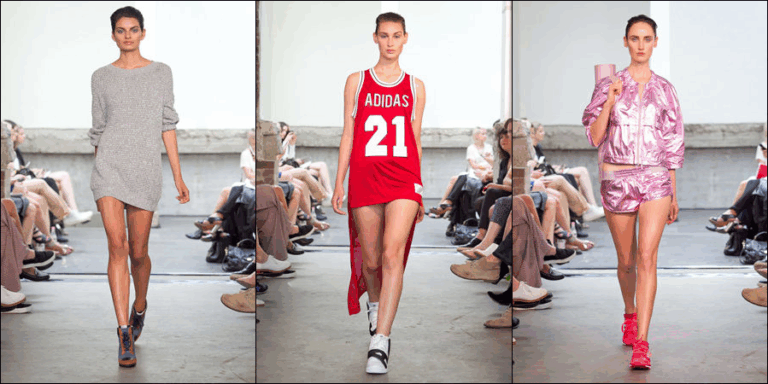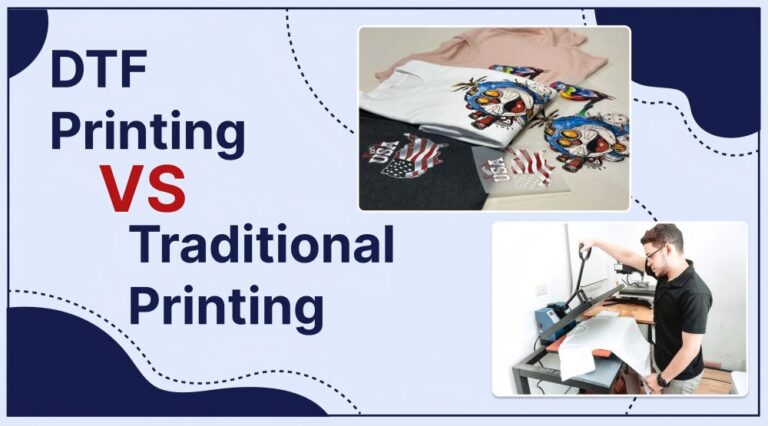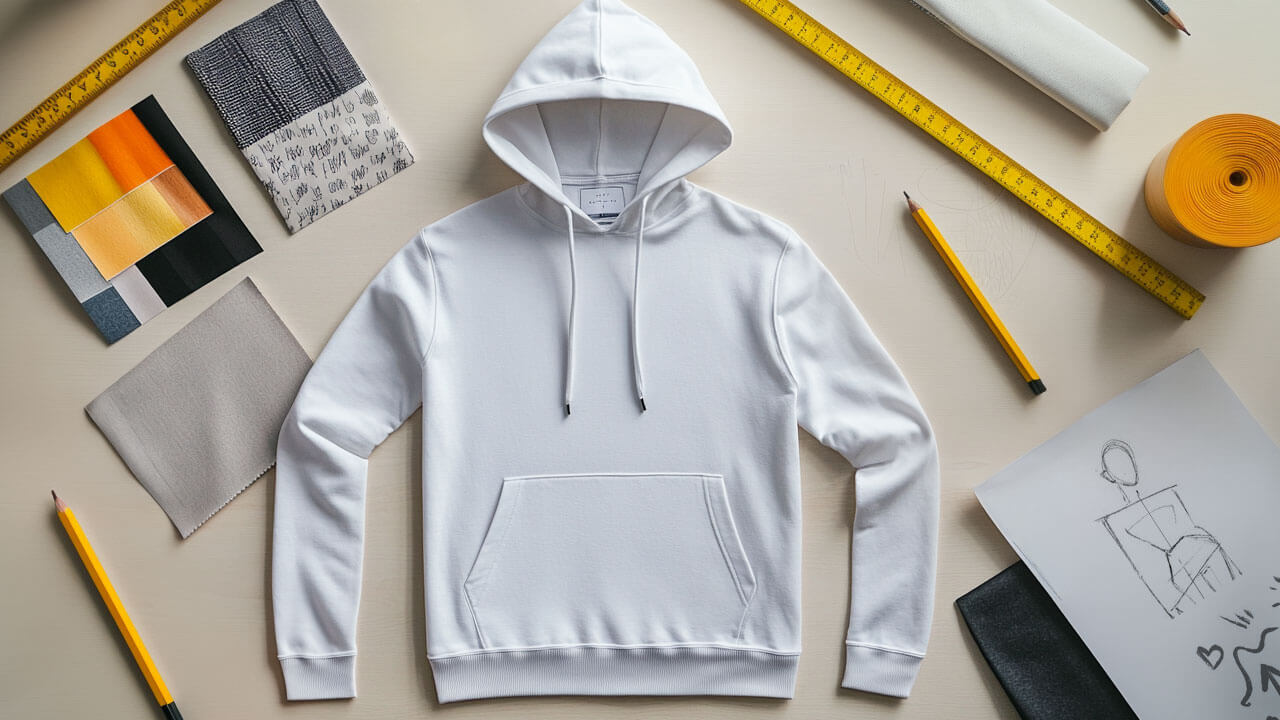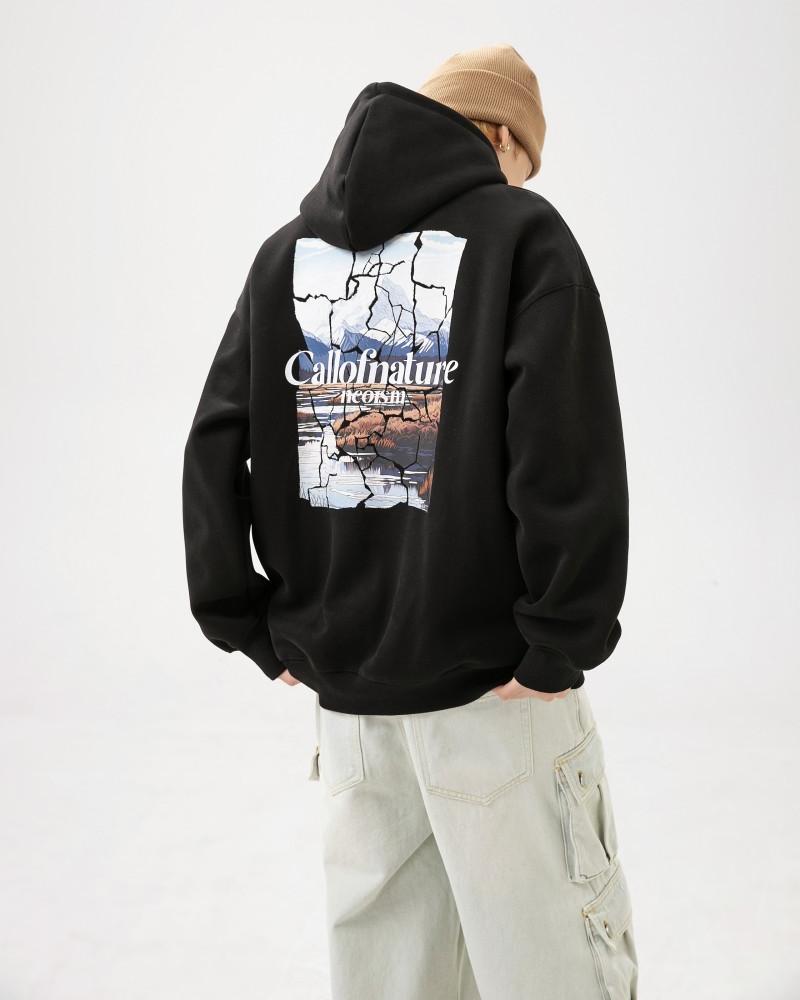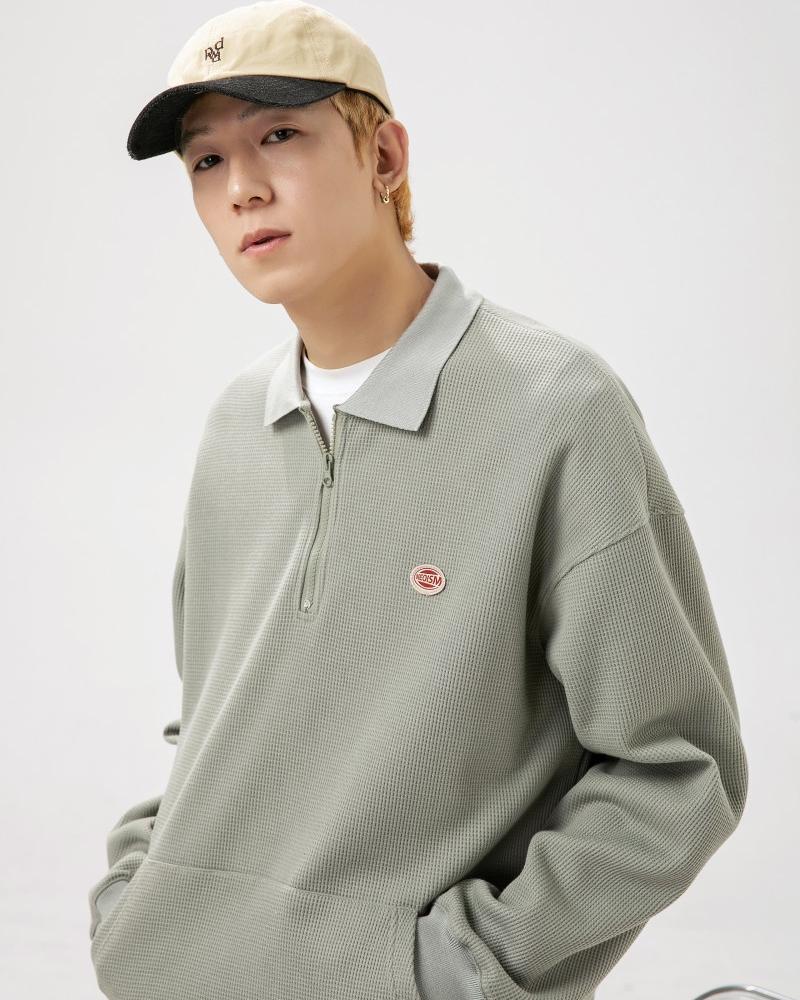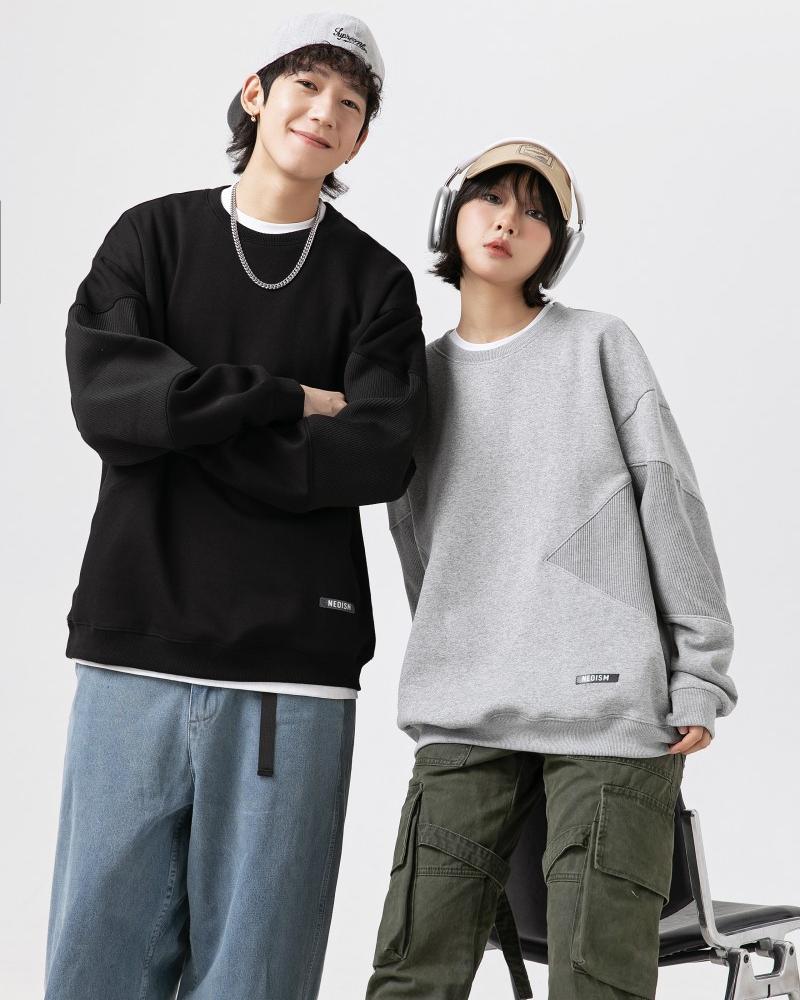-
No. 28, Zhanqian 1st Street, Liuhua Subdistrict, Yuexiu District, Guangzhou City

Building a hot-selling fitness apparel brand from scratch: A complete analysis of 10 core strategies
Table of Contents
Abstract
As global health awareness continues to rise, the fitness apparel market is facing unprecedented development opportunities. Data shows that the global sportswear market will exceed US$350 billion in 2023, with an annual growth rate of 6-8%. In this dynamic market, how to build a unique fitness apparel brand? This article will systematically analyze 10 key success factors, from product research and development to brand marketing, to provide you with a complete entrepreneurial roadmap. Whether you are a startup entrepreneur or an industry transformer, these market-proven strategies will help you gain a foothold in the highly competitive sportswear field.
1. Precise positioning: Find your brand DNA
Core argument: Clear brand positioning is the basis for differentiated competition
Successful fitness apparel brands have their own unique market positioning. Take Lululemon as an example. It accurately targets high-income urban women aged 25-40, upgrading yoga apparel from simple fitness equipment to a symbol of lifestyle. Market research shows that brands that focus on specific market segments have 47% higher customer loyalty than brands that focus on a broad range of markets.
Practical suggestions:
- Conduct consumer portrait analysis to determine the age, income, and lifestyle of the core user group
- Select vertical segments (such as yoga, CrossFit, marathon, etc.)
- Establish a unique brand value proposition (such as “technology empowers sports performance” or “sustainable fashion”)
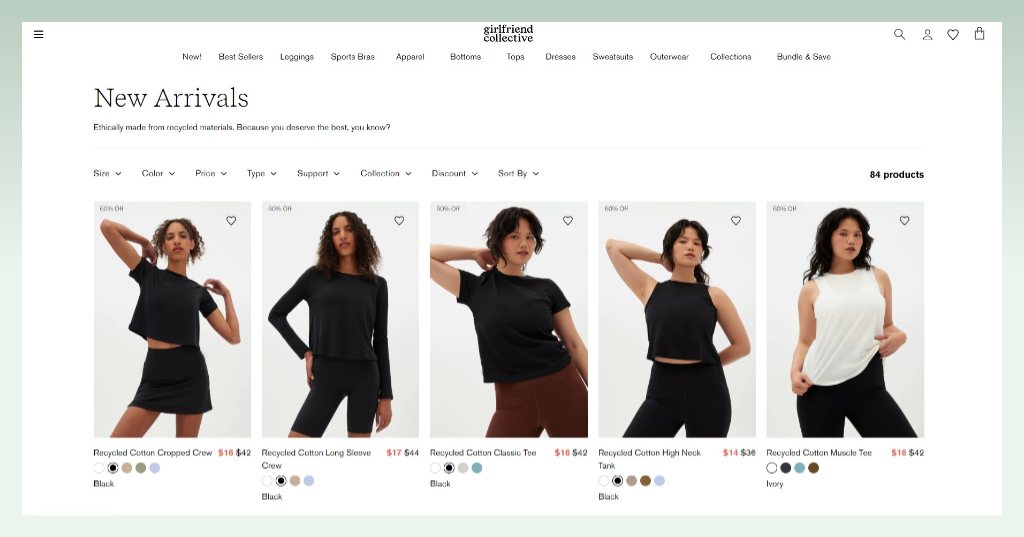
2. Material Revolution: Scientific Selection of Functional Fabrics
Core Argument: High-tech fabrics are the core of product competitiveness
Modern fitness clothing has evolved from a simple wearing demand to a “second skin” technology product. Surveys show that 83% of consumers are willing to pay a premium of more than 30% for sportswear with special functions (such as temperature regulation, antibacterial, etc.).
Material innovation direction:
- Temperature regulation: phase change material (PCM) and Outlast technology
- Pressure management: gradient compression technology
- Environmentally friendly options: bio-based materials such as seaweed fiber and coffee charcoal fiber
- Smart wear: conductive fiber with integrated biosensor
3. Ergonomic design: balance between performance and aesthetics
Core argument: Scientific tailoring design directly affects sports performance
The design of professional fitness clothing needs to take into account sports biomechanics and fashion elements. Studies have shown that ergonomic clothing design can improve sports efficiency by 5-8% and reduce the risk of sports injuries by 15%.
Design points:
- Optimize seam positions for different types of sports (such as flat seams in yoga clothes)
- Dynamic fit technology ensures full range of freedom of movement
- Zoning support design (such as muscle support bands in running pants)
- Three-dimensional tailoring for different body types
4. Sustainable practice: building a green business model
Core argument: Environmental protection has become an essential part of brand value
The global sustainable clothing market is expected to reach $15 billion by 2027, with an annual growth rate of more than 10%. Consumer surveys show that 68% of Generation Z are willing to pay more for environmentally friendly products.
Implementation path:
- Establish a closed-loop recycling system (such as Patagonia’s Worn Wear program)
- Use blockchain technology to achieve supply chain transparency
- Develop biodegradable alternative materials
- Implement carbon footprint tracking and offset programs
5. Digital production: Agile supply chain management
Core argument: Flexible supply chain is the key to responding to market changes
The biggest challenge facing the traditional apparel industry is inventory backlogs, and digital production can shorten the product development cycle from the traditional 6-9 months to 4-6 weeks.
Technology application:
- 3D sample design software (such as CLO, Browzwear)
- On-demand small batch digital printing
- Intelligent warehouse management with RFID technology
- AI-driven demand forecasting system
6. Pricing strategy: The art of value positioning
Core argument: Scientific pricing strategy directly affects brand positioning and market acceptance
The price band of the fitness apparel market shows a clear polarization trend. High-end professional lines (such as Lululemon and Under Armour) have an average unit price of $80-$150, while mass market lines (such as Decathlon) compete in the $20-$50 range.
Pricing model:
- Value pricing: based on customer perceived value rather than cost
- Membership subscription model: regular new product delivery + exclusive discounts
- Dynamic pricing: intelligent price adjustment based on seasonality and inventory levels
- Bundling: a package of clothing + accessories + digital services
7. Brand narrative: establishing emotional connection
Core argument: A strong brand story can create a lasting emotional connection
Research shows that companies with clear brand stories outperform their competitors by 33% in customer loyalty indicators. Nike’s “Just Do It” is not just a slogan, but also a cultural phenomenon.
Narrative strategy:
- Founder story: packaging of real entrepreneurial experience
- User growth story: showing how the product changes life
- Community culture: creating a brand-specific value circle
- Visual language: establishing a unique color and graphic system
8. Experience marketing: value creation beyond products
Core argument: modern consumers buy experiences rather than just products
Leading brands are transforming simple product sales into a full range of health solutions. For example, Alo Yoga not only sells yoga pants, but also provides online courses, community activities and health content.
Experience design:
- Online: fitness apps, virtual fitting rooms, AI stylists
- Offline: brand experience stores with training spaces
- Services: clothing rental, personalized customization
- Content: professional sports knowledge, nutrition guidance
9. Data-driven: a new paradigm of precision marketing
Core argument: data assets will become the core competitiveness of brands
Through data analysis, leading brands can achieve a marketing return on investment of up to 8:1. Gymshark achieved a leap from 0 to 1 billion US dollars in 5 years through precise social media marketing.
Data application:
- Consumer behavior tracking: shopping path analysis
- Personalized recommendation: product matching based on exercise habits
- Predictive analysis: anticipation of popular trends
- Real-time adjustment: dynamic optimization of marketing activities
10. Community operation: transformation from customer to brand ambassador
Core argument: Brand community is the most valuable marketing asset
The lifetime value of brand community members is 3-5 times that of ordinary customers, and the recommendation conversion rate is 40% higher. CrossFit has created a 1 billion US dollar derivative clothing market through community building.
Community construction:
- Online: exclusive social platform, private domain traffic operation
- Offline: brand events, training camps
- Incentives: ambassador program, user-generated content rewards
- Co-creation: user participation in product development
1. How important is social media for fitness apparel marketing?
Very important—Instagram & TikTok influencers can significantly boost brand awareness and sales.
2. Should I sell online, offline, or both?
A multi-channel approach (e-commerce + gym/retail partnerships) maximizes reach.
3. How do I create a strong brand story?
Highlight your mission (e.g., sustainability, performance) and connect emotionally with your audience.
4. What’s the best way to test product designs before mass production?
Use 3D prototyping software and gather feedback from fitness communities.
Summary and action guide
Building a successful fitness clothing brand is a systematic project that requires a perfect combination of product innovation, brand building and operational efficiency. Here are the key action steps:
- Market positioning: Choose a market segment with growth potential and establish a differentiated positioning
- Product development: Invest in functional fabric R&D and ergonomic design
- Sustainable practices: Integrate environmental protection concepts into the entire product life cycle
- Supply chain optimization: Establish a flexible and transparent digital production system
- Brand building: Create an infectious brand story and visual system
- Experience design: Provide value and services beyond the product itself
- Data application: Establish a comprehensive consumer data insight system
- Community operation: Cultivate a highly sticky brand advocate community
In this market worth hundreds of billions of dollars, opportunities and challenges coexist. By systematically implementing the above strategies, even emerging brands can find their place in the fierce market competition and eventually grow into the next industry benchmark.
Author: John Cary March 8, 2024
Keywords: Fitness apparel brand, functional fabrics, sustainable fashion, digital production, brand narrative, experience marketing, data-driven, community economy, ergonomic design, pricing strategy

